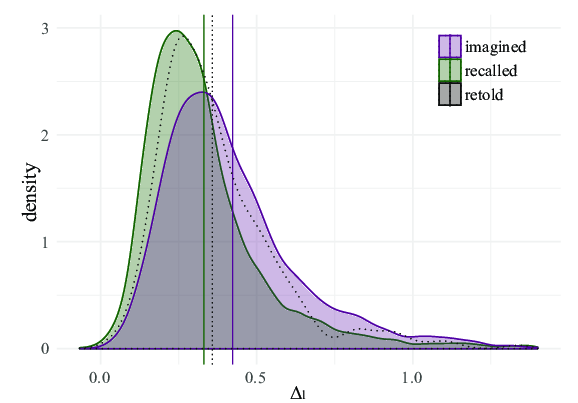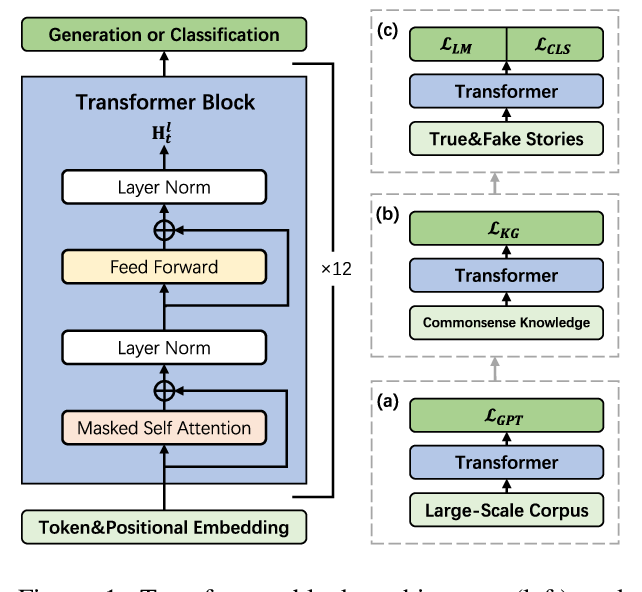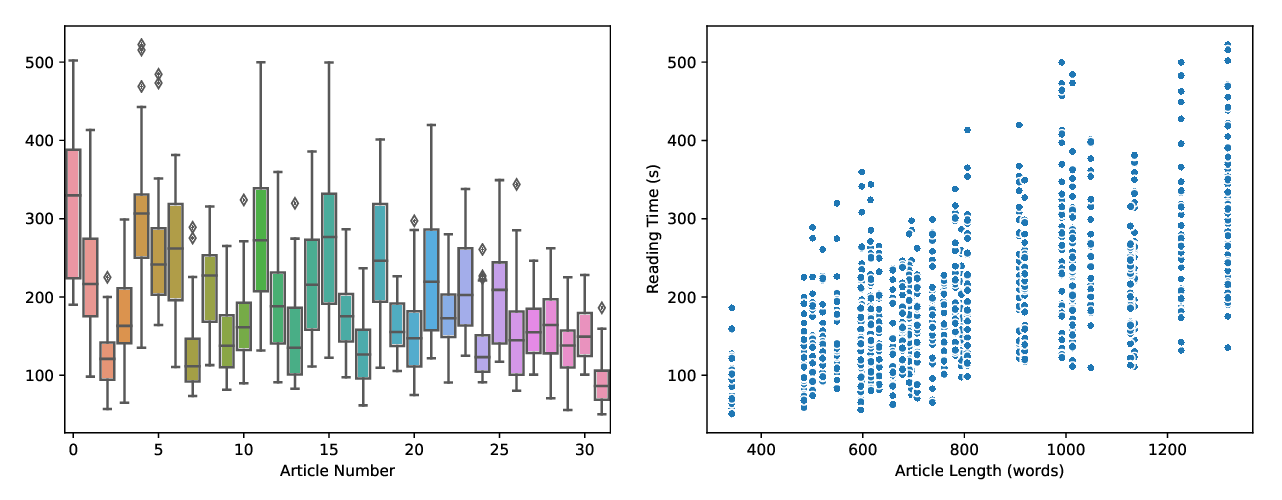Suspense in Short Stories is Predicted By Uncertainty Reduction over Neural Story Representation
David Wilmot, Frank Keller
Cognitive Modeling and Psycholinguistics Long Paper
Session 3A: Jul 6
(12:00-13:00 GMT)

Session 5B: Jul 6
(21:00-22:00 GMT)

Abstract:
Suspense is a crucial ingredient of narrative fiction, engaging readers and making stories compelling. While there is a vast theoretical literature on suspense, it is computationally not well understood. We compare two ways for modelling suspense: surprise, a backward-looking measure of how unexpected the current state is given the story so far; and uncertainty reduction, a forward-looking measure of how unexpected the continuation of the story is. Both can be computed either directly over story representations or over their probability distributions. We propose a hierarchical language model that encodes stories and computes surprise and uncertainty reduction. Evaluating against short stories annotated with human suspense judgements, we find that uncertainty reduction over representations is the best predictor, resulting in near human accuracy. We also show that uncertainty reduction can be used to predict suspenseful events in movie synopses.
You can open the
pre-recorded video
in a separate window.
NOTE: The SlidesLive video may display a random order of the authors.
The correct author list is shown at the top of this webpage.
Similar Papers
Recollection versus Imagination: Exploring Human Memory and Cognition via Neural Language Models
Maarten Sap, Eric Horvitz, Yejin Choi, Noah A. Smith, James Pennebaker,

A Knowledge-Enhanced Pretraining Model for Commonsense Story Generation
Jian Guan, Fei Huang, Minlie Huang, Zhihao Zhao, Xiaoyan Zhu,

You Don't Have Time to Read This: An Exploration of Document Reading Time Prediction
Orion Weller, Jordan Hildebrandt, Ilya Reznik, Christopher Challis, E. Shannon Tass, Quinn Snell, Kevin Seppi,

